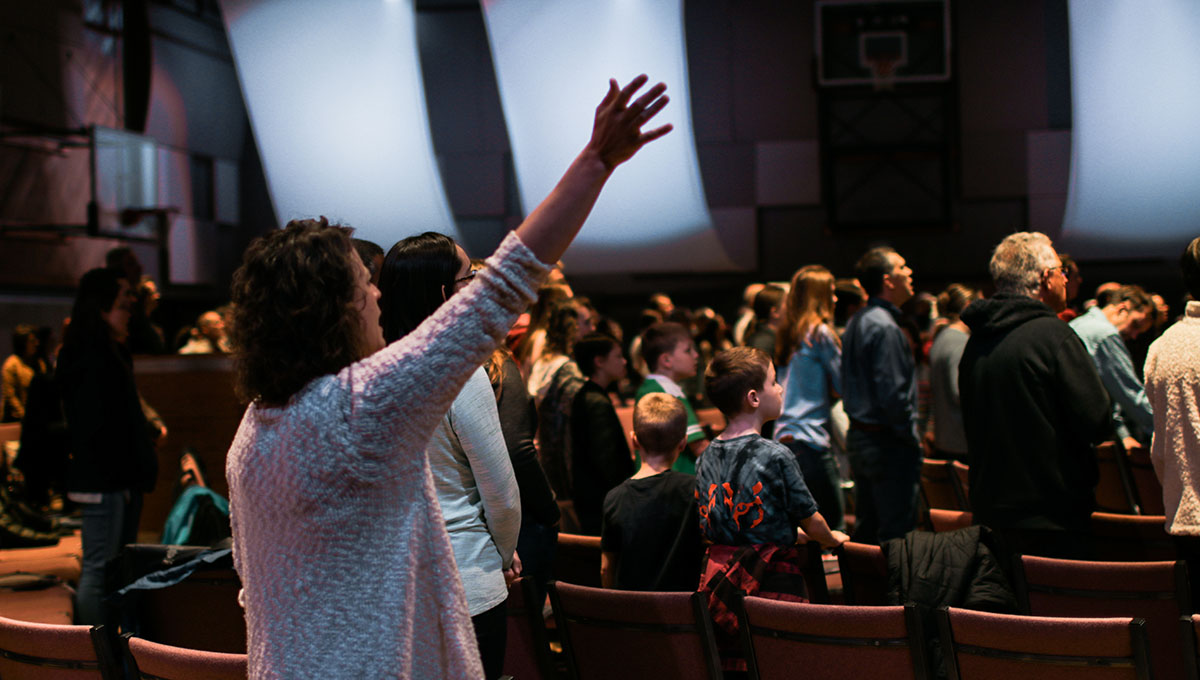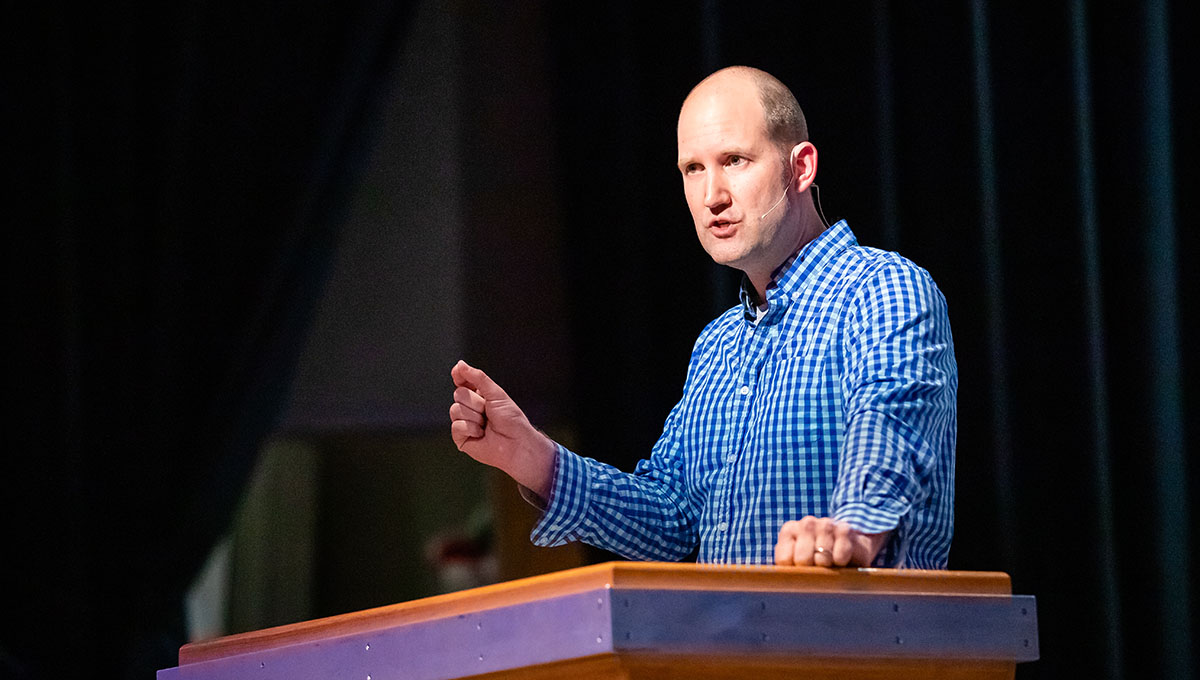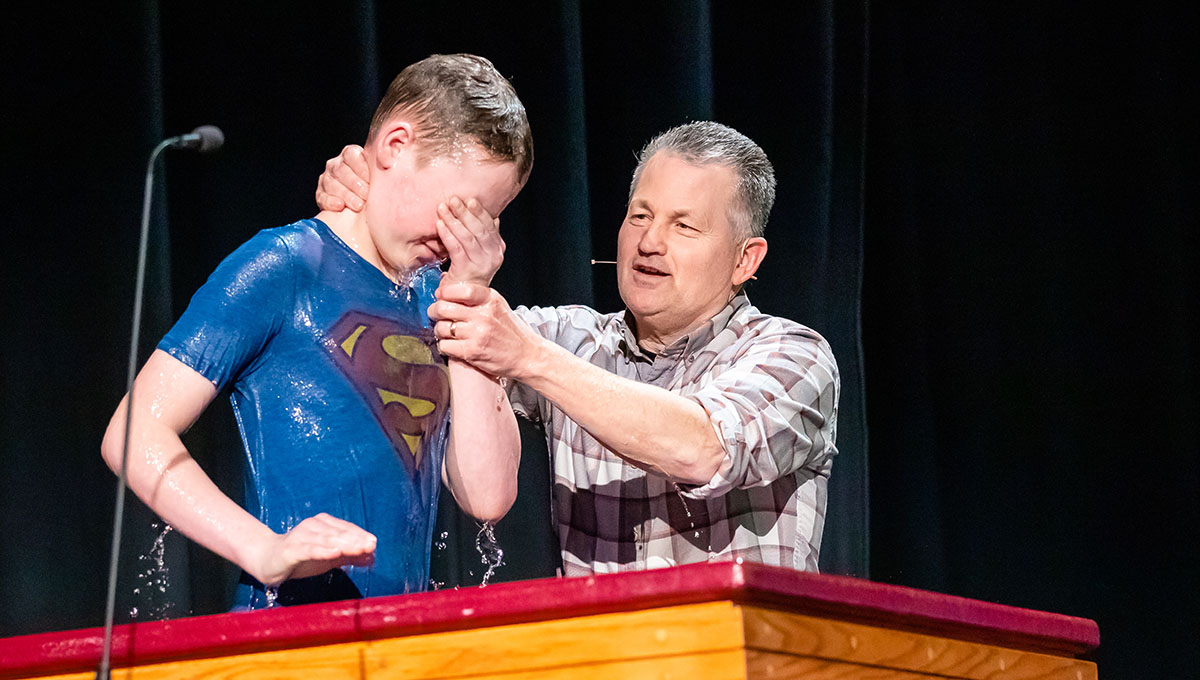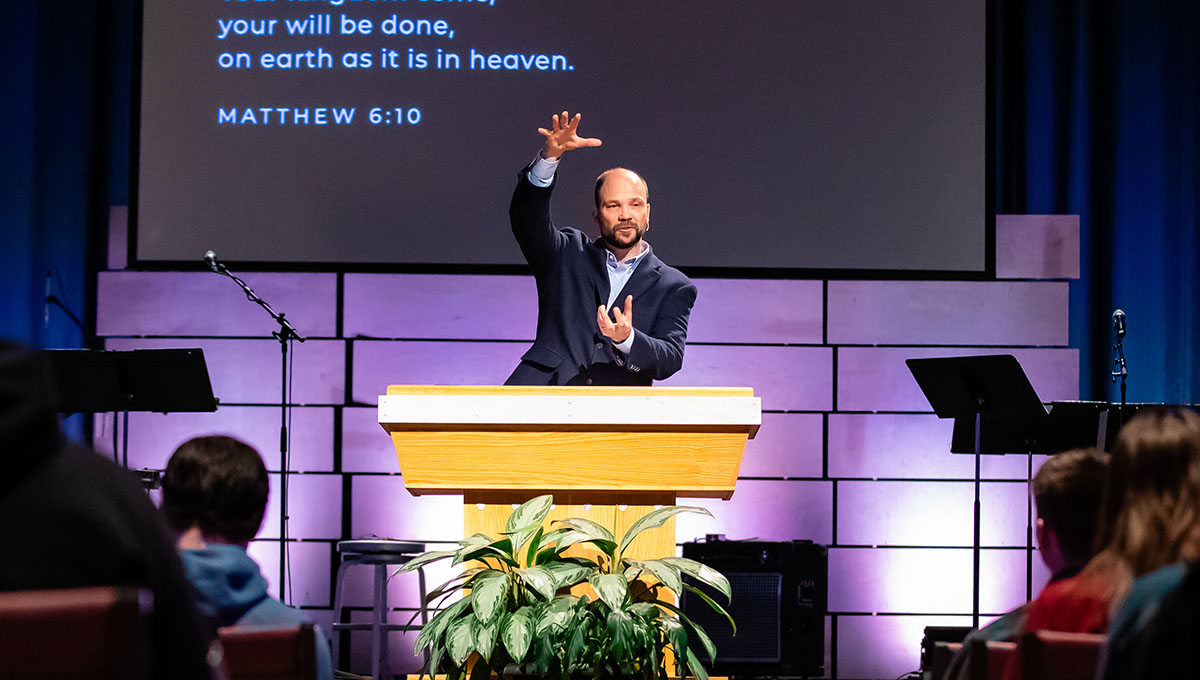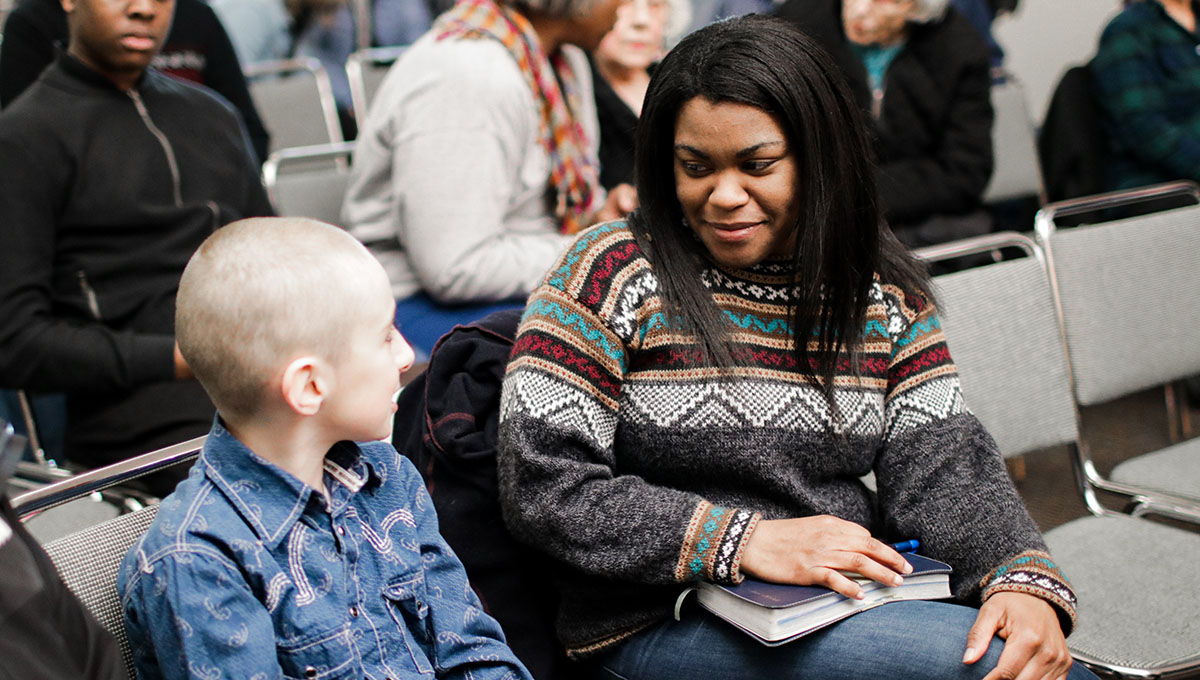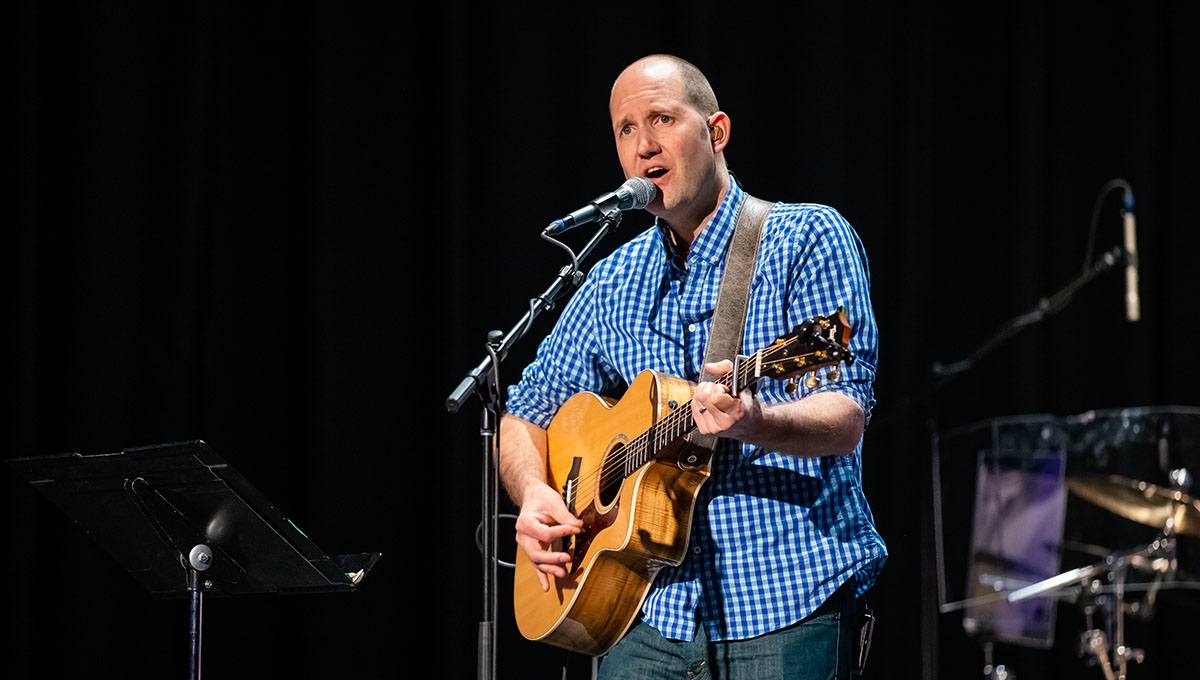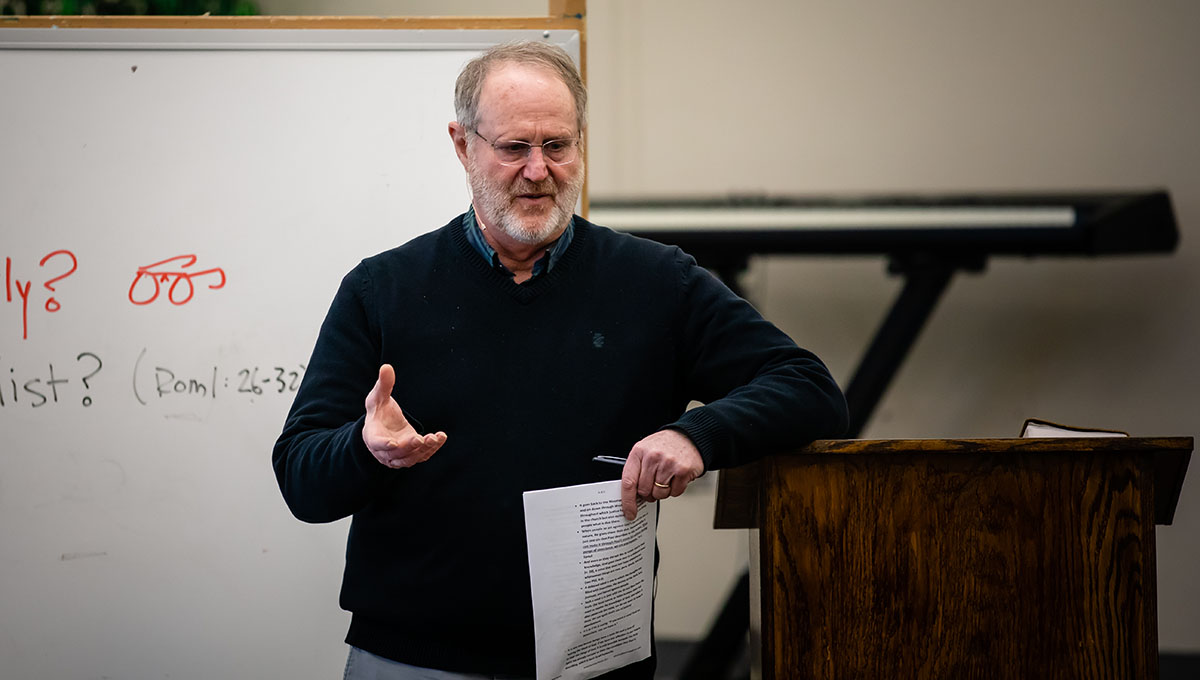Telling the Full Story
- Nathan Schneider
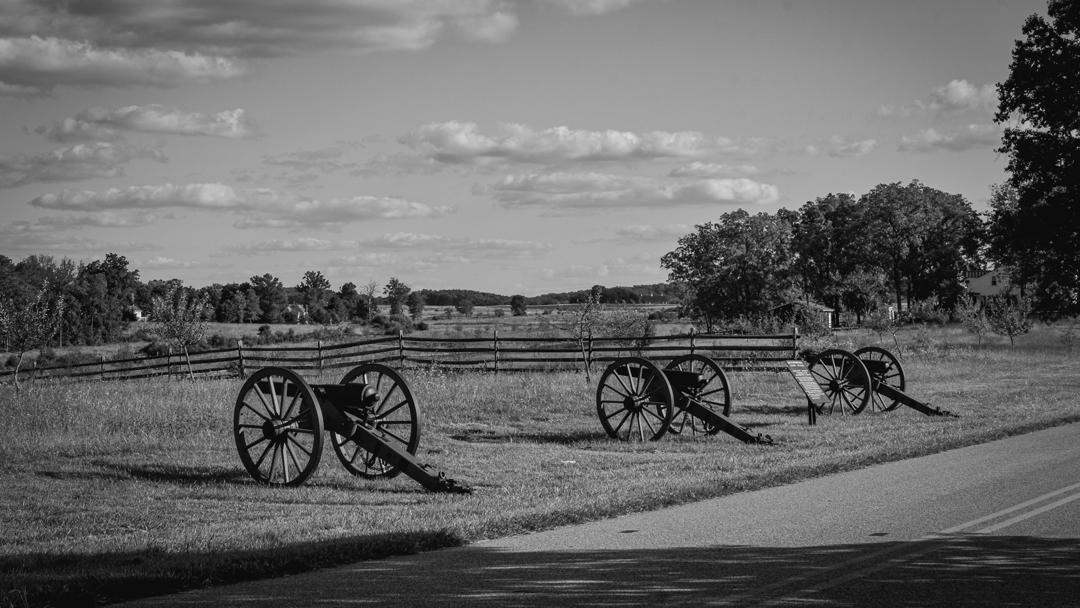
When most people think of July 1st, they think of Independence Day weekend, summer, barbecues, fishing, the list goes on. When I think of July 1st, my first thought immediately turns to the opening day of the battle of Gettysburg.
Even though I was born in southern California, my first vivid memories of childhood are from the four years my family lived in Manassas, VA. My dad worked for the Bureau of Land Management and we moved to Virginia in 1988 where he worked in D.C. in the Department of the Interior.
Living on the east coast was vastly different than the west coast. But even more, living so close to our nation’s capital afforded me some amazing opportunities to explore the city. I can still remember what it’s like to walk through the Air and Space Museum, to visit the insect exhibit at the Museum of Natural History, and to walk the Mall with the Washington Monument looming in the foreground.
More than anything, though, living in Virginia as a boy introduced me for the first time to the Civil War. There’s really no getting around it when you live a few miles from the site of the first major battle. As a family, we would walk the battlefield from time to time, my dad doing his best to narrate what had happened while still keeping the attention of two energetic kids. He didn’t always win that battle.
But the total effect paid off. Those walks through the battlefield, cannons sitting in rows in a landscape that seems to have been frozen in time while the rest of the world changed and grew around it…they all had their effect. A fascination was building in my mind for this moment in national history.
The final straw for me came when I was seven or eight years old. My parents took my sister and I to a reenactment of the Battle of Bull Run. Up to that point, my concept of the Civil War was of empty fields and silent cannons. This event brought the war to life. I can still remember the thunder of those guns, the crackle of distant musket fire, the clouds of grey smoke hanging lazily overhead like an acrid cloud.
The reenactment lasted several hours. I think you could predict that my attention didn’t last that long. But the cumulative effect of that day made a lasting impact on me. It would be years later before I really grasped the horrors of this war, or comprehended the causes for which these men fought. But the seed had been planted and watered and was growing.
We moved from Virginia when I was nine years old, back to the west, to a small town in northwestern Colorado. I spent my most formative years in that little town, far away from the battlefields, the monuments, the hallmarks that memorialized those events in U.S. history. The west has a different history, a different culture for which I was far less interested.
When I was sixteen, my family moved one final time, this time from Colorado to Fairbanks, AK. I spent my final years of high school in that town. In May of 2000 I graduated from high school, making plans for college and the future beyond. But the impacts of my time in Virginia had not gone away.
My mom and dad were generous with us kids, and both my sister and I were given a special graduation gift: a trip to anywhere we wanted to go (within reason, I assume!). My sister, who had graduated a few years before me, chose deep sea fishing. For me, there was really only one trip I wanted to make. I wanted to see Gettysburg.
Believe it or not, for the four years we lived in Virginia, we traveled to many places on the east coast. We even drove as far south as Florida. But we had never visited Gettysburg. Now, having graduated high school, I saw my chance to visit the place where everything changed. The months leading up to those three days in July were the most critical in the war. The Confederacy had enjoyed victory after victory. Just a few months earlier, they had won a decisive victory at Chancellorsville. It’s safe to say that the north was on the precipice of defeat. One more major loss and the cause could break. Lee knew that, which was why he ventured on a mission into northern territory so he could strike his final blow in their land.
The battle lasted three days. In that time, over 350,000 soldiers converged in the fields and hills surrounding this small town in southern Pennsylvania. By the battle’s conclusion, 50,000 men had been killed or wounded. It was the bloodiest fight in the war.
Seeing that place was important to me. I wasn’t sure whether such a trip would count as the “exception” or not, but I humbly made my request and waited to see what my dad would say. My dad did me one better.
That summer, my dad and I travelled back east on a Civil War tour. It was more than I would have asked. We visited Harpers Ferry, Manassas, Fredericksburg, and Antietam before finally spending three days exploring the hallowed ground of Gettysburg. Those places and memories are burned into my mind. It’s one thing to read about an event in a history book. It’s another to walk across the ground where the events actually occurred. Neither will let you really understand it in its entirety. But my visit to those battlefields were tangible reminders that those conflicts occurred. They existed. They were real. They were events that took place that need to be remembered with solemnity and respect. Without those events, the story of America doesn’t exist. It can’t be told.
That’s what concerns and saddens me so much about what’s going on right now. Every monument that comes down takes a step forward toward erasing a history we need to remember. That’s not to say that our country doesn’t need to seriously reckon with its history. It’s not even to say that some of those monuments don’t actually commemorate with positivity what should be remembered with solemn gravity. It could very well be that some things need to come down. But erasing history and pretending it doesn’t exist won’t solve the problems we’re facing. Dr. Albert Mohler addresses this issue well:
“Communities erect monuments out of an urgent need to remember a story and to tell that story to ourselves and to succeeding generations. That means, therefore, that we decide which moments and persons in our history we want to remember and commemorate. When we build a monument, endow a chair, name a city park, we are saying something about our national and communal memory that is connected to the object we decided to commemorate. Morality reminds us as Christians that none of these decisions should ever be final, but all of them are part of telling the story.”
Then, in the most powerful words of his article, Mohler states,
“Morality for a memory means that we dare not lie about the history we tell—especially the history that we celebrate. Merely vandalizing a monument or tearing it down out of an incensed mob-like mayhem will not help. You cannot erase the past. You cannot veil the truth. Whatever our course of action—whether we leave certain monuments or not—we have a moral responsibility to tell the full story of our national history.”
The Christian life is like that, too. There are ugly moments in each of our lives. There are times and actions and decisions we wish we could simply erase from our history and pretend didn’t happen. It would be easy enough to just talk about the good things, the things we’ve accomplished or the life we’ve had since we came to faith in Christ.
But you see the problem with that, right? Our life in Christ makes no sense without our life without Christ. It’s the second act, our part two. As much as we wish we could sanitize our testimony, it’s the stark contrast between our sin and God’s grace that tells the story of our salvation.
“And you were dead in the trespasses and sins in which you once walked, following the course of this world, following the prince of the power of the air, the spirit that is now at work in the sons of disobedience— among whom we all once lived in the passions of our flesh, carrying out the desires of the body and the mind, and were by nature children of wrath, like the rest of mankind. But God, being rich in mercy, because of the great love with which he loved us, even when we were dead in our trespasses, made us alive together with Christ—by grace you have been saved—” (Ephesians 2:1-5)
God transformed our shame into joy. He brought life where only death existed. Part of our sanctification is not forgetting. To preach the gospel to ourselves on a daily basis necessarily includes remembering that we once were “dead in the trespasses and sins in which we once walked.”
The events going on right now across our nation are part of a larger cultural atmosphere that would rather retell the story than actually address it. As Christians, we’re bound by integrity to tell the full story. As we’re called “to walk in a manner worthy of the calling to which you have been called” (Eph 4:1), at the same time we’re called to remember how we used to walk.


